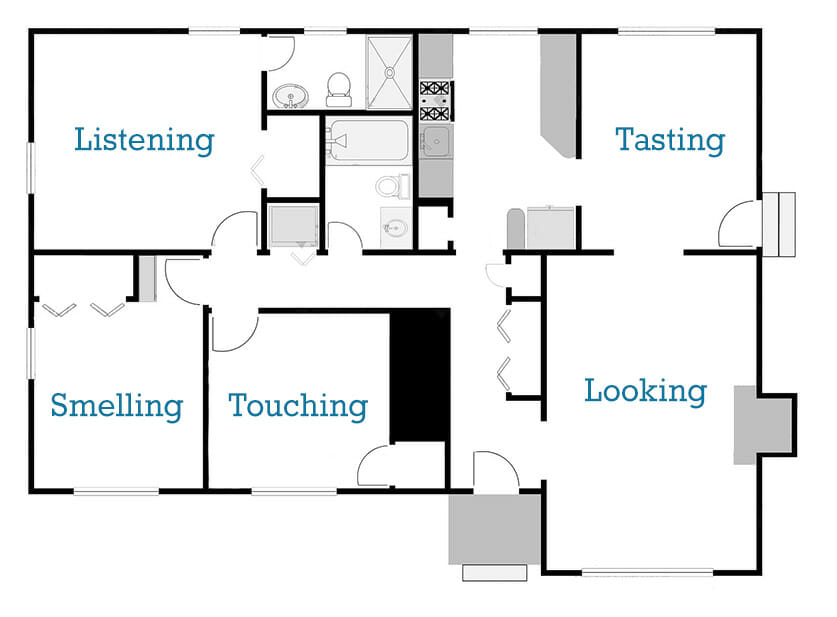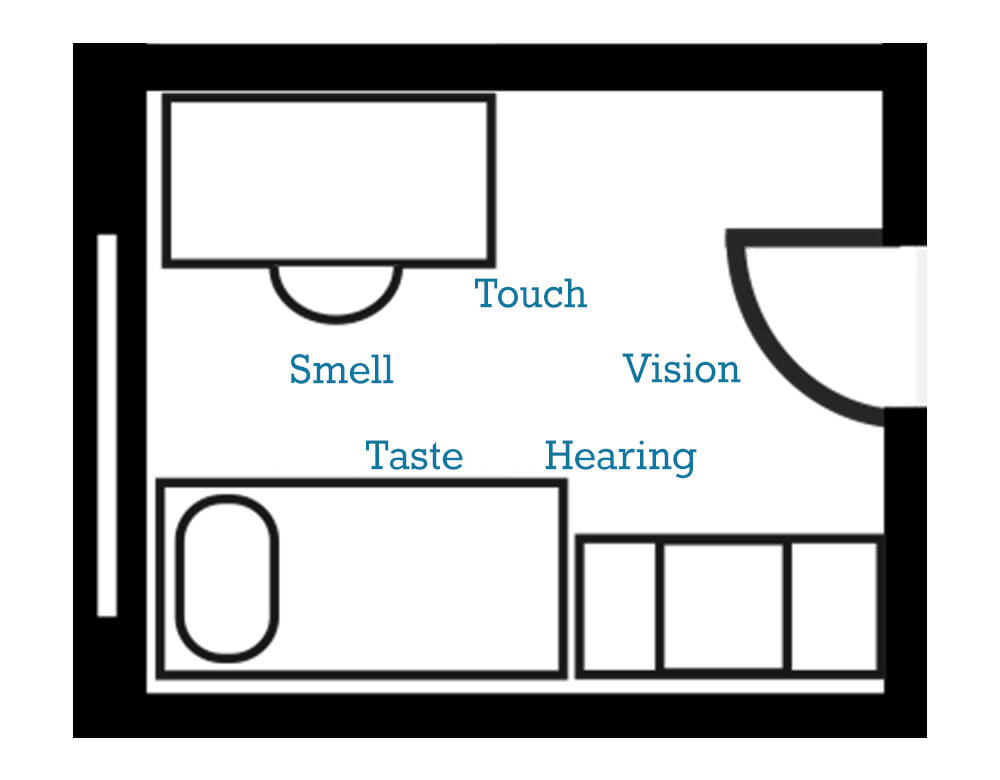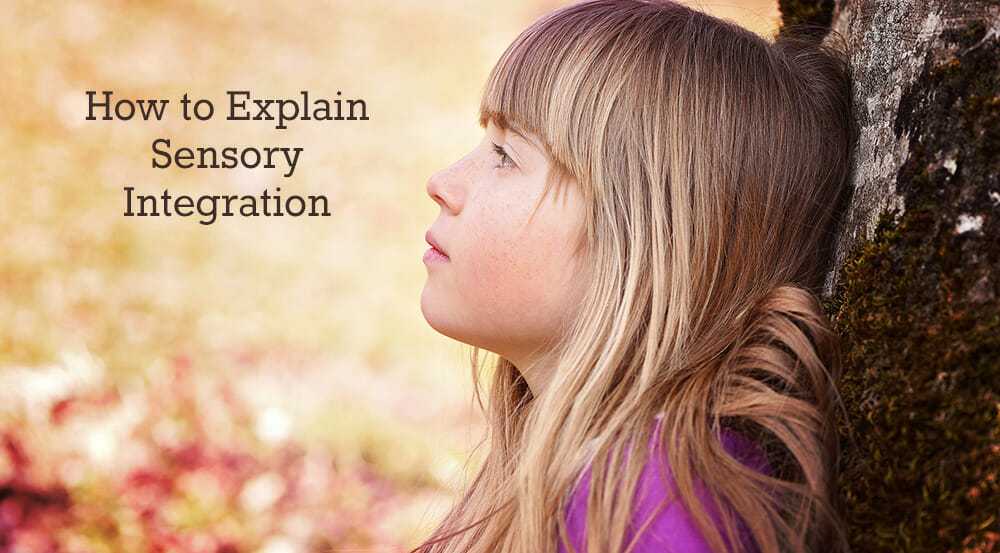Sensory processing issues aren’t on most people’s radar, because for most of us, our senses work the way they are supposed to. We take for granted that we can see and smell food at the same time, hear our cat purr while also touching his fur, and so on. But children with sensory processing issues may not be able to process more than one sensation at a time.
Our bodies take in information from our environment through the different senses. Smell, taste, vision, hearing, and touch are the ones we all know, but there are also two lesser-known senses: vestibular (the knowledge of head position) and proprioception (the knowledge of where the body is in space). Information is received through the senses, that information is processed through the brain, and then the body generates an appropriate response to the information. People with sensory issues do not have efficient pathways to absorb, process, and then generate an appropriate response based on the information they received from the environment. As a result, they may have to absorb, process, and generate a response for one system at a time instead of all of the senses at once.
It helps to think of the senses like rooms in a house. Within this sensory house, you have the looking room, the listening room, the touching room and so on, and each room is big, so you can’t be in multiple rooms at the same time. An example would be a child who cannot listen to someone and look at them at the same time.

The goal of sensory integration is to make the rooms smaller – like a tiny house! – small enough to have one foot in each room. But even if it’s possible to have one foot in each room, it’s not ideal and eventually you’ll have to move into one room or the other. Following the example above, think of a child who could look at you for just a moment before looking away.

Over time, though, the strict room divisions of the sensory “house” go away and it becomes more like a dorm room or studio apartment, with one large room that holds all the different sensory areas. Sometimes the child’s sensory systems may regress, creating the large house with individual rooms again, but the end aim is to spend more time in the studio apartment than in the mansion.
Victoria Wood, OTR/L
Image Courtesy Pixabay/Text Added








